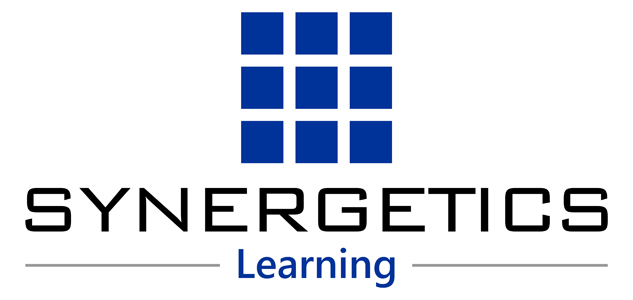Cloud computing won’t have as much value unless we get the data-integration mechanisms right
In a recent InfoWorld article by Paul Krill, Vint Cerf, who is a co-designer of the Internet’s TCP/IP standards and widely considered a father of the Internet, spoke about the the need for data portability standards for cloud computing. “There are different clouds from companies such as Microsoft, Amazon, IBM, and Google, but a lack of interoperability between them,” Cerf explained at a session of the Churchill Club business and technology organization in Menlo Park, Calif.
Interoperability has not been a huge focus around the quickly emerging cloud computing space. Other than “we support interoperability” statements from the larger cloud computing providers, there is not a detailed plan to be seen. I’ve brought it up several times at cloud user group meetings, with clients, and at vendor briefings, and I often feel like I’m the kid in class who reminds the teacher to assign homework.
[Get the no-nonsense explanations and advice you need to take real advantage of cloud computing in the InfoWorld editors’ 21-page cloud computing Deep Dive PDF special report, featuring an exclusive excerpt from David Linthicum’s new book on cloud architecture. | Stay up on the cloud with InfoWorld’s cloud computing Report newsletter. ]
Data interoperability is not that hard. You’re dealing with a few key concepts, such as semantic interoperability, or the way that data is defined and stored on one cloud versus another. Also, you need to consider the notions of transformation and translation, so the data appears native when it arrives at the target cloud, or clouds, from the source cloud (or clouds). Don’t forget to add data governance and data security to the mix; you’ll need those as well.
There has been some talk of concepts such as the Intercloud, or a data exchange system running between major cloud computing providers. Also, a few cloud standards organizations, such as the Open Cloud Consortium, are looking to drive some interoperability standards, including a group working on standards and interoperability for “large data clouds.”
So how do we get down the path to data interoperability for the clouds? Don’t create yet another standards organization to look at this by committee. They take too long, and this is something that’s needed in 2010 to drive cloud computing adoption. Instead, the larger cloud computing providers should focus on this behind the scenes and create a working standard enabling technology to solve the data interoperability problem. If the larger providers are all on the same page, believe me, the smaller providers will quickly follow.
This article, “The data interoperability challenge for cloud computing,” was originally published at InfoWorld.com. Follow the latest developments on cloud computing at InfoWorld.com.
cloud computing is here. Running applications on machines in an Internet-accessible data center can bring plenty of advantages. Yet wherever they run, applications are built on some kind of platform. For on-premises applications, this platform usually includes an operating system, some way to store data, and perhaps more. Applications running in the cloud need a similar foundation. The goal of Microsoft’s Windows Azure is to provide this. Part of the larger Azure Services Platform, Windows Azure is a platform for running Windows applications and storing data in the cloud.
cloud computing is a style of computing in which dynamically scalable and often virtualized resources are provided as a service over the Internet. To deploy a new solution, most of your time and energy is spent on defining the right infrastructure, hardware and software, to put together to create that solution, Cloud computing allows people to share resources to solve new problems. cloud computing users can avoid capital expenditure (CapEx) on hardware, software, and services when they pay a provider only for what they use.
ACTIONABLE POINTS THAT CAN BE USED TO MAKE ONESELF A BETTER PROFESSIONAL AND MARKETABLE FOR THE FUTURE: Become a VERSATILIST
 Synergetics is a premium brand in the Indian IT industry with an experience base of over 15 years in the area of people competency development; engaged in delivering it thru its training and consulting interventions , primarily focusing on their productivity with regards to the project and deliverables on hand . Its primary differentiator has been its solution centric approach and its comprehensive client focused service portfolio.
Synergetics is a premium brand in the Indian IT industry with an experience base of over 15 years in the area of people competency development; engaged in delivering it thru its training and consulting interventions , primarily focusing on their productivity with regards to the project and deliverables on hand . Its primary differentiator has been its solution centric approach and its comprehensive client focused service portfolio.

